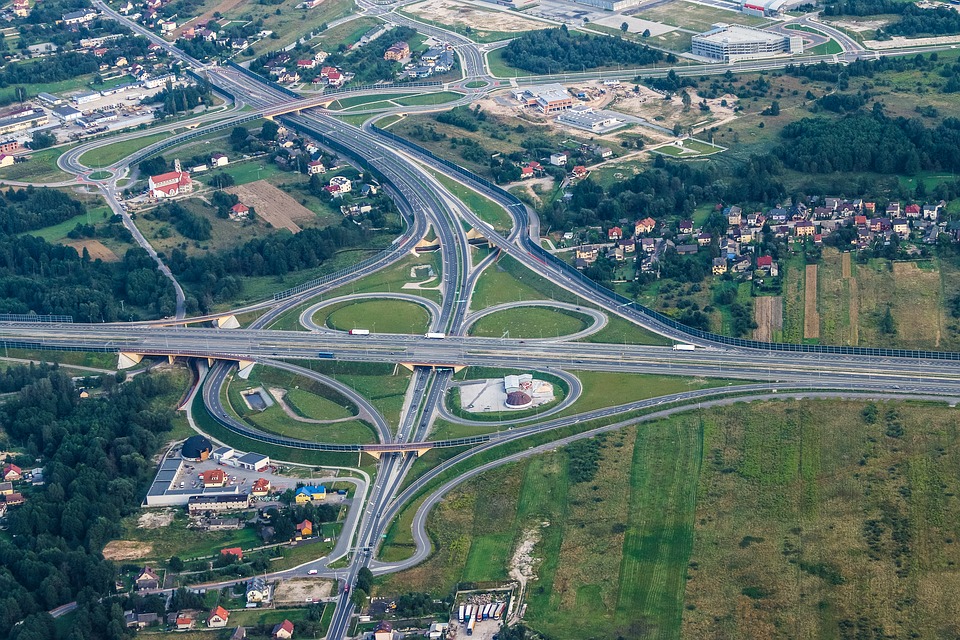Transportation plays a pivotal role in our modern society, enabling the movement of people and goods across vast distances. However, this convenience comes at a cost. The environmental impact of transportation is a pressing concern, as it contributes significantly to pollution, climate change, and resource depletion. In this article, we will delve into the multifaceted ways in which transportation affects the environment, exploring its implications on air quality, greenhouse gas emissions, land use, and energy consumption.
- Air Quality and Pollution:
Transportation, particularly the combustion of fossil fuels in vehicles, significantly contributes to air pollution. The emissions of nitrogen oxides (NOx), particulate matter (PM), and volatile organic compounds (VOCs) from cars, trucks, ships, and airplanes degrade air quality, leading to respiratory problems, cardiovascular diseases, and other health issues. Additionally, the release of pollutants like sulfur dioxide (SO2) contributes to acid rain, further damaging ecosystems and infrastructure. - Greenhouse Gas Emissions:
Transportation is a major source of greenhouse gas (GHG) emissions, primarily carbon dioxide (CO2) from burning fossil fuels. These emissions trap heat in the atmosphere, leading to global warming and climate change. The transportation sector accounts for a significant portion of global CO2 emissions, with road vehicles being the largest contributors. Transitioning to low-carbon alternatives, such as electric vehicles and sustainable fuels, is crucial to mitigating climate change. - Land Use and Habitat Fragmentation:
The development of transportation infrastructure, including roads, highways, and railways, often requires extensive land use. This expansion can lead to habitat destruction, fragmentation, and loss of biodiversity. Construction activities disrupt ecosystems, displace wildlife, and alter natural drainage patterns, impacting local flora and fauna. Sustainable urban planning and transportation systems that prioritize public transit and non-motorized modes can help minimize these negative effects. - Energy Consumption and Resource Depletion:
Transportation heavily relies on non-renewable energy sources, such as petroleum and diesel. The extraction, refining, and transportation of these fuels contribute to resource depletion and environmental degradation. Moreover, the energy-intensive nature of transportation systems exacerbates the strain on global energy resources. Promoting energy-efficient technologies, alternative fuels, and encouraging modal shifts towards more sustainable options can help reduce energy consumption and dependence.
Conclusion:
The impact of transportation on the environment is undeniable and far-reaching. From air pollution and greenhouse gas emissions to land use and energy consumption, the transportation sector must undergo significant transformations to mitigate its negative effects. Governments, industries, and individuals all have a role to play in promoting sustainable transportation solutions, such as investing in public transit, supporting electric vehicles, and adopting eco-friendly practices. By prioritizing environmental considerations in transportation planning and decision-making, we can pave the way for a greener and more sustainable future.

